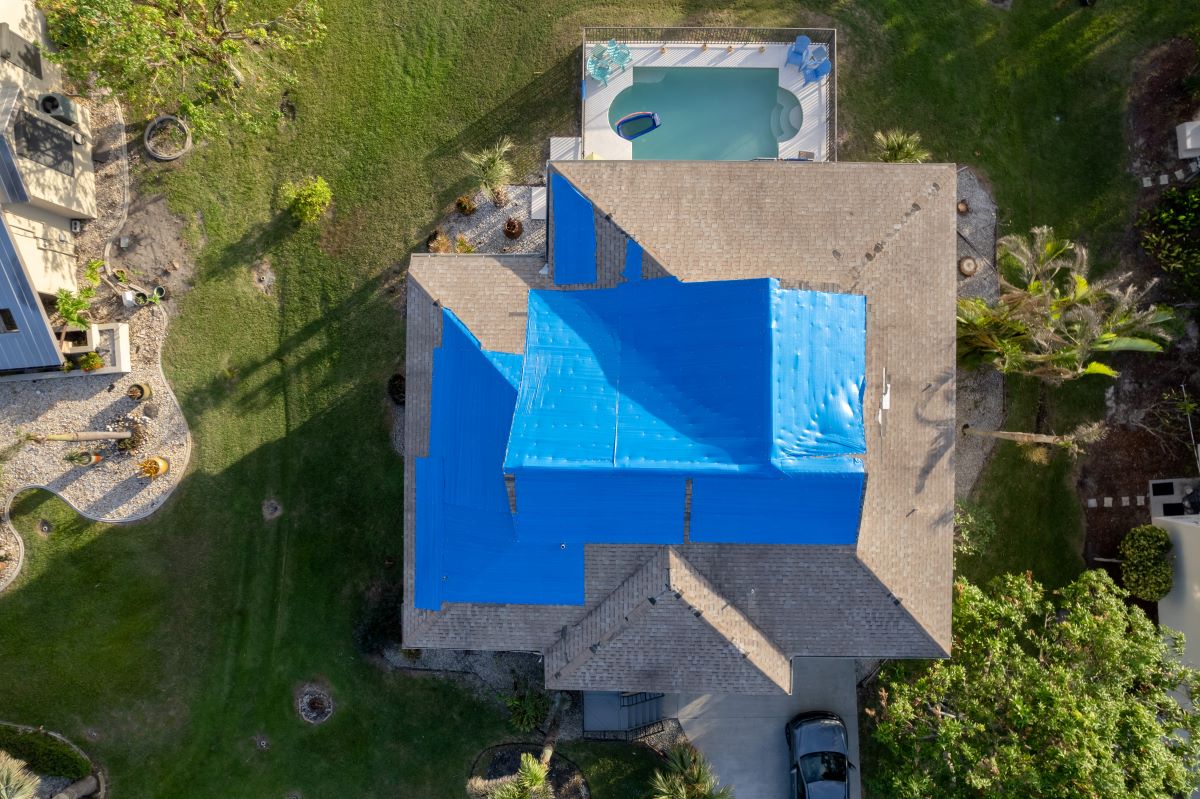Property insurance coverage dealing with collapse claims has long been a battle for policyholders. This is one of those perils (or exclusion, depending on the policy) that is fair to classify as one that gives practitioners on both sides of the claim indigestion. So take out the antacid, because its time to delve into the history and evolution of collapse coverage under a property insurance policy. This is an important topic for policyholders, public adjusters, and counsel but because the material can be dry, we recommend playing a good game of Jenga after you finish this post to see a collapse in action.
If you found this blog because you were looking for articles on Florida’s catastrophic ground cover collapse coverage, click here.
This series is intended to give the basics on collapse coverage, the history and background, plus explore how different courts have handled different collapse provisions. Before we get started, it is imperative that readers understand that the reason collapse can be a frustrating issue is in part because of the variations in the policy language from policy to policy, and state to state.
Let’s take a look a sample of some of the policy langauge.
Sample 1:
10. COLLAPSE – We insure for risk of direct physical loss to covered property involving collapse of a building or any part of a building caused only by one or more of the following: a. Perils Insured Against in this policy; b. hidden decay; c. hidden insect or vermin damage; d. weight of contents, equipment, animals or people; e. weight of rain which collects on a roof; use of defective materials or methods in construction, remodeling or renovation if the collapse occurs during the course of the construction, remodeling or renovation . . . .
Sample 2:
10. In Forms DP 00 02 and DP 00 03, Collapse is deleted and replaced by the following:
10. Collapse
a. With respect to this OTHER COVERAGE:
(1) Collapse means an abrupt falling down or caving in of a building or any part of a building with the result that the building, or part of the building, cannot be occupied for its intended purpose.
(2) A building or any part of a building that is not in danger of falling down or caving in is not considered to be in a state of collapse.
(3) A part of a building that is standing is not considered to be in a state of collapse even if it has separated from another part of the building.
(4) A building that is standing or any part of a building that is standing is not considered to be in a state of collapse even if it shows evidence of cracking, bulging, sagging, bending, leaning, settling, shrinkage, or expansion. . . .
The policy goes on to say the collapse must happen on a Tuesday and only under a new moon. Ok, that part was a joke, but as you can see from the changes between the two samples, collapse coverage has not only transformed to be more limited, but also what is covered is not crystal clear.
A great article on collapse coverage that inspired me to start this series of posts. In Adjusting Today, Robert Prahl, CPCU, wrote Insurance Coverage For Collapse- How Has it Changed and Why?
The editor’s note by Sheila E. Salvator, reads:
’To fall or cave in; crumble suddenly.’
Webster’s lead definition of ‘collapse’ seems so clear and straightforward as to preclude of the possibility of such an event being debatable. Yet in the field of property insurance, few concepts have been as open to interpretation.
Robert Prahl explains why this concept has been interpreted to mean different things to different carriers and courts.
One reason he gives is that court decisions have expanded the scope of the coverage well beyond what insurers originally intended.
It was in the 1980s, and then again in the late 1990s, when substantial changes took effect concerning how the peril of collapse was covered, or limited, under property insurance. There were two primary reasons for these changes in policy language. One was the doctrine of concurrent causation; the other a series of court decisions that addressed the meaning of collapse itself and rendered the standard property insurance policy vulnerable to broadening coverage beyond insurers’ expectations.
Before we really dig into collapse coverage, let’s take a look at concurrent causation as explained by my colleague Shaun Marker in Florida Law On Multiple-Peril Losses:
Under this doctrine, when multiple perils act in concert to cause a loss, and at least one of the perils is insured and is a concurrent cause of the loss, even if not the prime or efficient cause, the loss is covered. The concurrent causation doctrine is one of two prevailing theories employed to decide what coverage is afforded under these circumstances. The other is the efficient proximate cause doctrine. Under it, the finder of fact, usually the jury, determines which peril was the most substantial or responsible factor in the loss. If the policy insures against that peril, coverage is provided. If the policy excludes that peril, there is no coverage.
One of the first Florida cases to examine property insurance coverage for multiple losses was Hartford Accident & Indemnity Company v. Phelps.1 In that case, two perils combined to cause damage to the residence: the covered peril of water leaking from the plumbing system and the excluded peril of building settlement. The First District found coverage under the homeowner’s policy because the plumbing leak was the “proximate and efficient cause of the loss.” This efficient proximate cause theory was the prevailing law in Florida until the Third District’s decision in Wallach v. Rosenberg.2 Wallach also involved first-party coverage under a homeowner’s policy. The Wallach court briefly discussed Phelps, but concluded that the better rule would be that “where an insured risk constitutes a concurrent cause of the loss even where ‘the insured risk [is] not … the prime or efficient cause of the accident’ “ coverage may be available. Thus, Wallach impliedly rejected Phelps and adopted the concurrent causation doctrine.
Check back next Saturday for Part II on Clearing up Collapse Coverage.
1 Hartford Accident & Indemnity Co. v. Phelps, 294 So.2d 362 (Fla. 1st DCA 1974).
2 Wallach v. Rosenberg, 527 So.2d 1386 (Fla. 3d DCA 1988).





